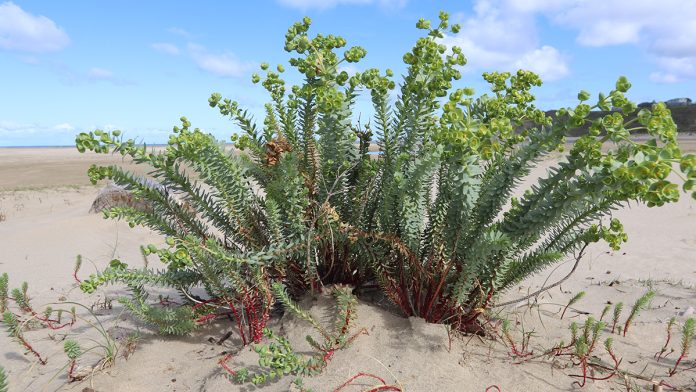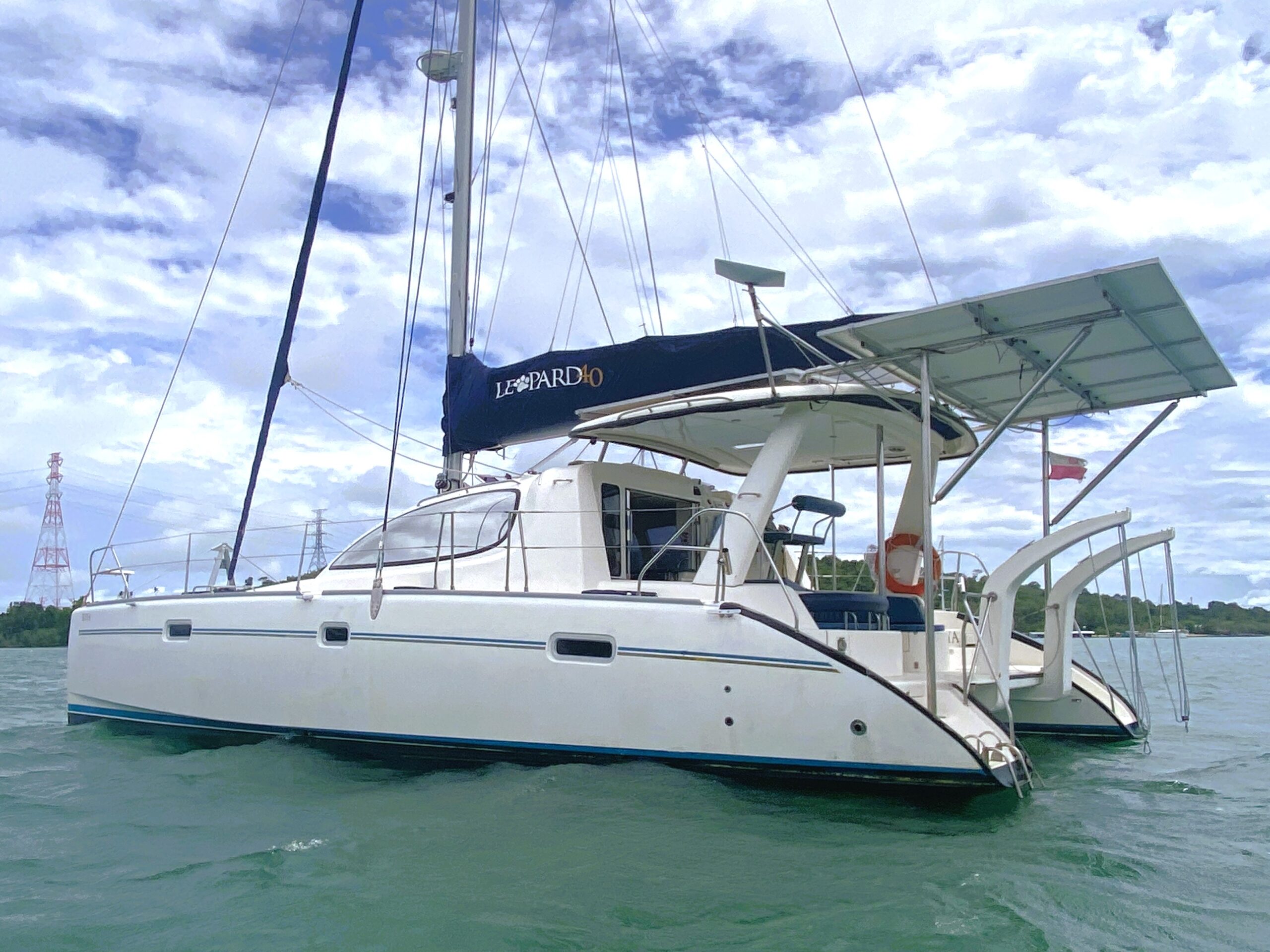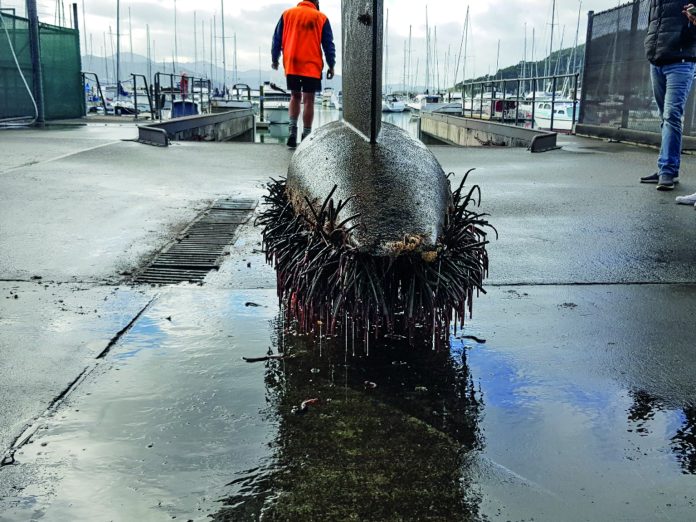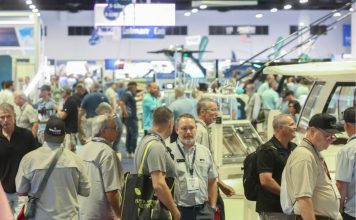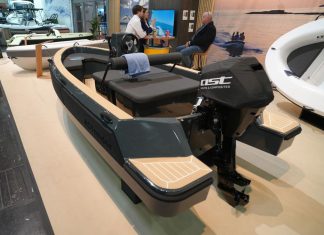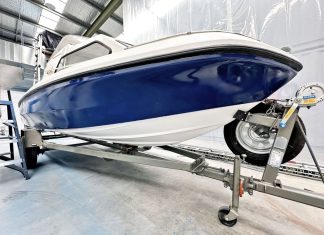Joanna Barr, Northland Regional Council’s Biosecurity Manager – Pest Plants, says the infestation was discovered by Ngāti Kuri’s Te Haumihi team which has been progressively surveying the coastline in their rohe to check whether sea spurge (Euphorbia paralias) has established.
The weed is native to Europe, but it is likely to have arrived in New Zealand on ocean currents from Australia, where it has become a major weed on their southern coastline.
“Having local teams supported to undertake proactive surveillance work has meant that this new site has been detected while it is still relatively small and in a relatively contained area.”
Te Haumihi Programme Manager Melanie Dalziel says the find included more than 50 plants in a six square metre area including one larger plant that was likely the original plant, 18 smaller mature plants that had seeded, and 32 seedlings.
While it was very disheartening to find these plants, she acknowledged her team, and the support of NRC, in being able to locate and safely remove the plants before more plants could set seed.
Ms Dalziel says her team has now prioritised regular surveillance and monitoring to beaches along the eastern ridgeline of the rohe of Ngāti Kuri.
Ms Barr says the surveillance work behind the latest find was undertaken as part of a management programme, delivered in partnership with iwi and hapū, the Ministry for Primary Industries, the Department of Conservation and the Northland Regional Council.
She says there are a number of iwi and hapū groups engaged in the surveillance programme, controlling known sites and surveying the coast. Locals and volunteers have also been involved in surveying and reporting sites.
“Over the past 12 months 175km of Northland’s coastline has been surveyed, focused primarily on the west coast.”
Ms Barr says there are now sea spurge sites recorded in seven different areas in Northland; Poutō peninsula, the Waipoua River mouth, Mitimiti, Ahipara, Waipapakauri, Hukatere and now Kapowairua, Spirits Bay.
The plants in all of these areas have been controlled and the sites are searched every four months to detect and remove any new seedlings, which can reach maturity and set seed in less than five months if not controlled.
Ms Barr says sea spurge is causing major environmental damage at many Australian beaches, displacing native plants and changing natural patterns of sand movements.
“It has the potential to overrun our native dune species and threaten the habitats of native birds.”
She says an adult plant can produce between 5000 and 20,000 buoyant and salt-tolerant seeds every year, and these can travel long distances on ocean currents.
“This means there is an ongoing risk of seeds making their way over and establishing along our long stretch of coastline, with the west coast being the most at risk.”
She says that makes it vital that any sightings are reported.
Sea spurge looks like a small shrub and typically grows up to 50 centimetres in height although it can sometimes reach up to one metre.
“It has tightly packed leaves that are bluish green in colour, with the stem having often a red tinge at the base. Do not touch it as it has a milky sap, which is toxic to people and animals and may cause temporary blindness.”
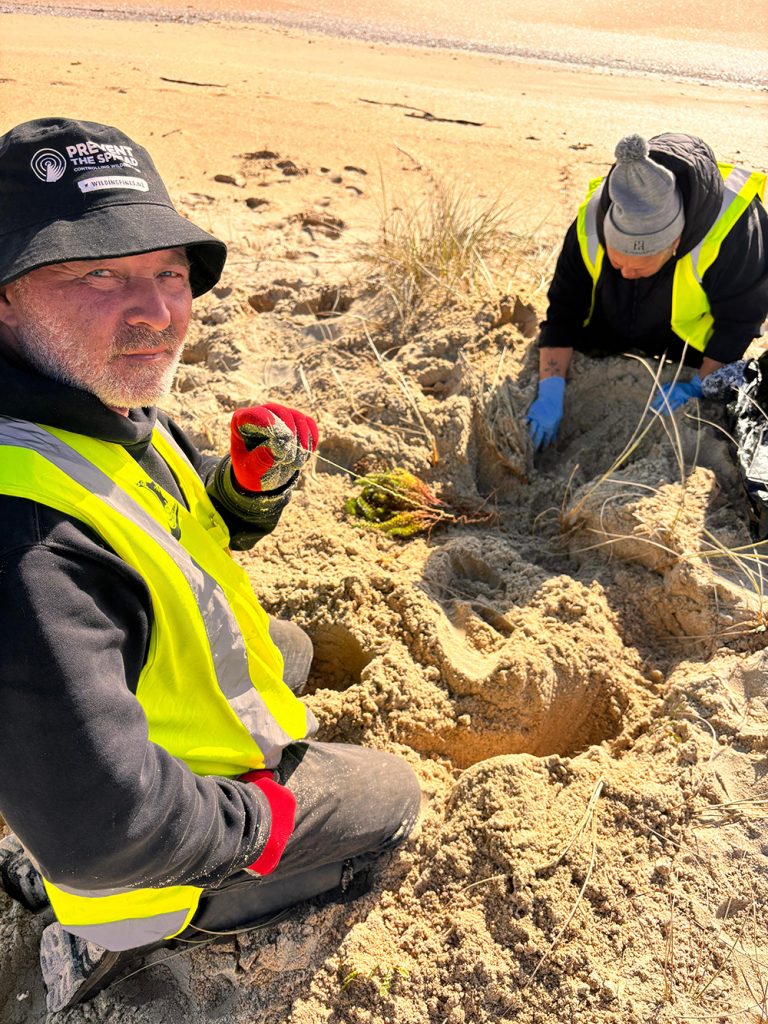
Its flowers are composed of yellowish green petal less flowers found in clusters while leaves are stalkless, hairless, alternate, crowded and overlapping along the stems.
Ms Barr says anyone who thinks they have found sea spurge should report it as soon as possible using the Ministry for Primary Industries Pests-and-Diseases hotline on 0800 80 99 66.
“Take some clear photos and please do not disturb the plants as the sap is toxic, and you could also spread the seeds via your clothing and equipment.” “Plants can also regrow from root fragments.”
People should note the location as accurately as possible – GPS coordinates are ideal, or you can open Google Maps and drop a pin on the map (and/or screen shot your location on the map). You can also use the iNaturalist app to mark potential sites.
Ms Barr says sea spurge looks similar to the rare native spurge, waiūatua / waiū-o-Kahukura (Euphorbia glauca), however, the native spurge has much larger leaves that are 30–80mm long. The New Zealand linen flax (Linum monogynum) and the sand daphne / toroheke (Pimelea villosa) which grow in the coastal environment are also similar.








